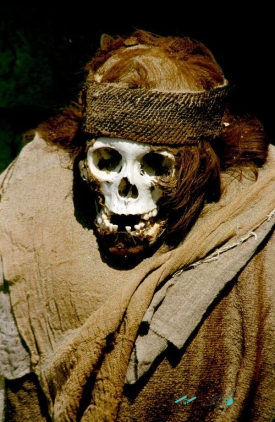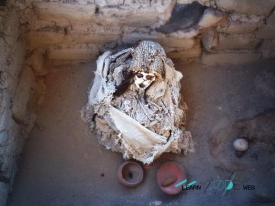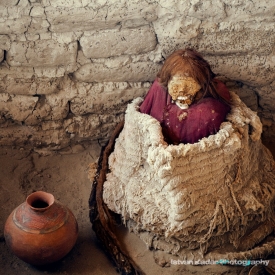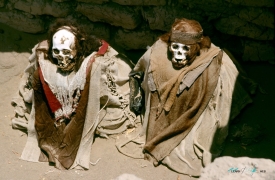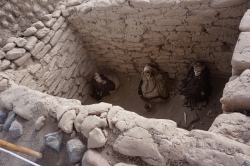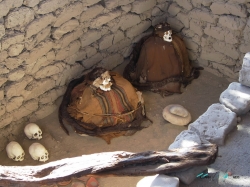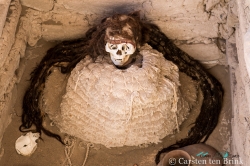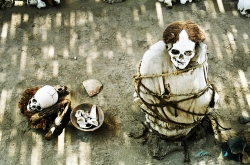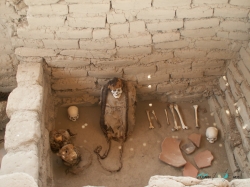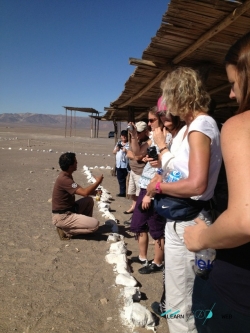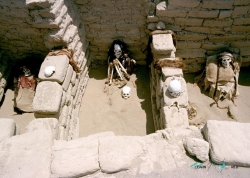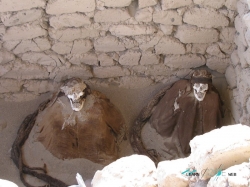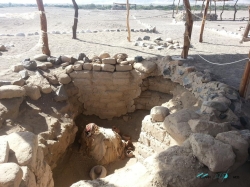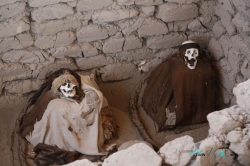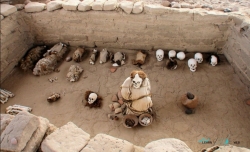Located 30 kilometers south of Nazca, Peru, Chauchilla Cemetery is not just a burial ground; it's a gateway to understanding the ancient Nazca culture. Established around 200 AD and used until the 9th century AD, this site offers a rare look at prehispanic mummified human remains and archaeological artifacts.
Historically, Chauchilla suffered extensive damage from huaqueros (grave robbers), who disrupted the peace of this ancient necropolis, leaving bones and relics scattered. However, protective measures enacted in 1997 under Peruvian law have helped preserve what remains. Restoration efforts have since returned many artifacts to their rightful places, offering a more respectful representation of the site's historical legacy.
The nearby site of Estaquería provides additional context to the preservation methods used in Chauchilla. Initially believed to serve astronomical purposes, wooden pillars found there are now thought to have been part of an ancient mummification technique that contributes to the remarkable condition of these millennium-old mummies, still retaining hair and soft tissues like skin.
Historical Significance and Discoveries
Discovered in the 1920s, Chauchilla Cemetery has been pivotal in archaeological studies related to the Nazca civilization. The site highlights continuous burials over 600 to 700 years, providing invaluable insights into ancient funeral rites and social structures.Historically, Chauchilla suffered extensive damage from huaqueros (grave robbers), who disrupted the peace of this ancient necropolis, leaving bones and relics scattered. However, protective measures enacted in 1997 under Peruvian law have helped preserve what remains. Restoration efforts have since returned many artifacts to their rightful places, offering a more respectful representation of the site's historical legacy.
Preservation Techniques and Environmental Influence
The exceptional preservation of mummified bodies at Chauchilla is attributed to the arid conditions of the Peruvian Desert and specific embalming practices. The deceased were dressed in embroidered cotton, painted with resin to deter insects and bacteria, and placed in mud-brick tombs designed to withstand the test of time.The nearby site of Estaquería provides additional context to the preservation methods used in Chauchilla. Initially believed to serve astronomical purposes, wooden pillars found there are now thought to have been part of an ancient mummification technique that contributes to the remarkable condition of these millennium-old mummies, still retaining hair and soft tissues like skin.



